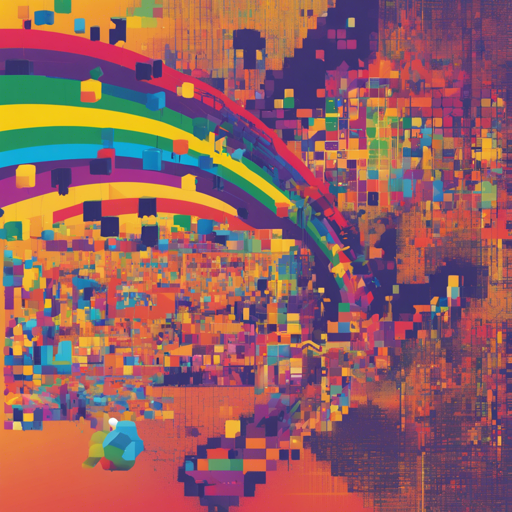If you’re eager to see a reinforcement learning (RL) agent smoothly navigating the captivating worlds of Atari games, you’re in the right place! This guide walks you through the exciting journey of building your very own DQN to Rainbow agent, offering both theoretical insights and hands-on implementations.
What You Will Learn
- The fundamentals of DQN (Deep Q-Network)
- Enhancements like DoubleDQN and Prioritized Experience Replay
- How to implement Dueling Networks and Noisy Networks
- Using Categorical DQN and N-step Learning
- A comprehensive overview of the Rainbow agent
Getting Started with Rainbow
To start your adventure, follow these steps:
- Ensure you have Python version 3.8 or newer installed.
- Clone the repository to your local machine using:
- Navigate into the directory:
- Install the necessary dependencies by running:
git clone https://github.com/Curt-Park/rainbow-is-all-you-need.gitcd rainbow-is-all-you-needmake setupRunning the Agent
To execute your agent, you’ll need to launch Jupyter Lab. Just run:
jupyter labThis will open a new tab in your browser where you can start experimenting with the different modules.
Understanding the Code Through Analogy
Think of building a reinforcement learning agent as training a dog to fetch a ball. Each chapter in this tutorial represents a training session. The dog is initially trying to figure out the game, just like the basic DQN learning to associate actions with rewards. As you move on to DoubleDQN, it’s like giving the dog a treat, but now you ensure it’s not too much or too little — just right!
The concepts of Prioritized Experience Replay are akin to having the dog review the best moments of its training through video highlights, reinforcing the best behaviors. Dueling Networks shift the approach to teaching, breaking down what “fetching” means into recognizing the importance of the act versus the pleasure of receiving a reward, much like how our agents learn to value specific actions.
As we introduce Noisy Networks, we introduce a little excitement in these sessions by making the ball bounce unpredictably now and then. This keeps the dog engaged, similar to how exploration in training keeps our agent learning effectively! Finally, the Rainbow agent is like a masterful dog that not only fetches perfectly but does so with flair, combining all its training into one smooth performance.
Troubleshooting Tips
If you encounter any hiccups along the way, here are some troubleshooting ideas:
- Ensure all dependencies are installed correctly—run
make setupagain if necessary. - Check your Python version; make sure it’s 3.8 or higher.
- If Jupyter Lab is not starting, you may need to re-install Jupyter using
pip install jupyterlab. - For more insights, updates, or to collaborate on AI development projects, stay connected with fxis.ai.
Your contributions are welcome! If you think of ways to make this project better, feel free to open an issue or submit a pull request.
Related Papers
To deepen your understanding, consider reviewing the following papers:
- Human-level control through deep reinforcement learning
- Deep Reinforcement Learning with Double Q-learning
- Prioritized Experience Replay
- Dueling Network Architectures for Deep Reinforcement Learning
- Noisy Networks for Exploration
- A Distributional Perspective on Reinforcement Learning
- Learning to predict by the methods of temporal differences
- Rainbow: Combining Improvements in Deep Reinforcement Learning
Final Thoughts
At fxis.ai, we believe that such advancements are crucial for the future of AI, as they enable more comprehensive and effective solutions. Our team is continually exploring new methodologies to push the envelope in artificial intelligence, ensuring that our clients benefit from the latest technological innovations.
Happy Coding!

